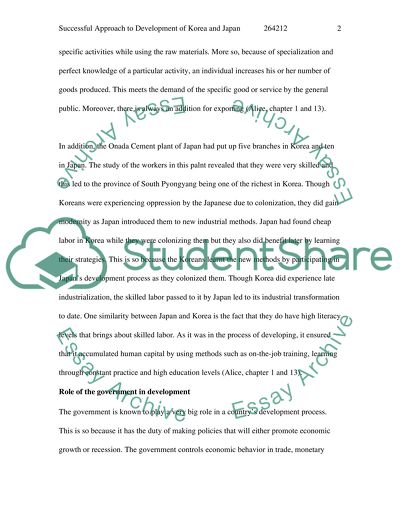Cite this document
(Successful Approach to Development of Korea and Japan Case Study, n.d.)
Successful Approach to Development of Korea and Japan Case Study. Retrieved from https://studentshare.org/macro-microeconomics/1550844-successful-approach-to-development-of-korea-and-japan
Successful Approach to Development of Korea and Japan Case Study. Retrieved from https://studentshare.org/macro-microeconomics/1550844-successful-approach-to-development-of-korea-and-japan
(Successful Approach to Development of Korea and Japan Case Study)
Successful Approach to Development of Korea and Japan Case Study. https://studentshare.org/macro-microeconomics/1550844-successful-approach-to-development-of-korea-and-japan.
Successful Approach to Development of Korea and Japan Case Study. https://studentshare.org/macro-microeconomics/1550844-successful-approach-to-development-of-korea-and-japan.
“Successful Approach to Development of Korea and Japan Case Study”. https://studentshare.org/macro-microeconomics/1550844-successful-approach-to-development-of-korea-and-japan.


